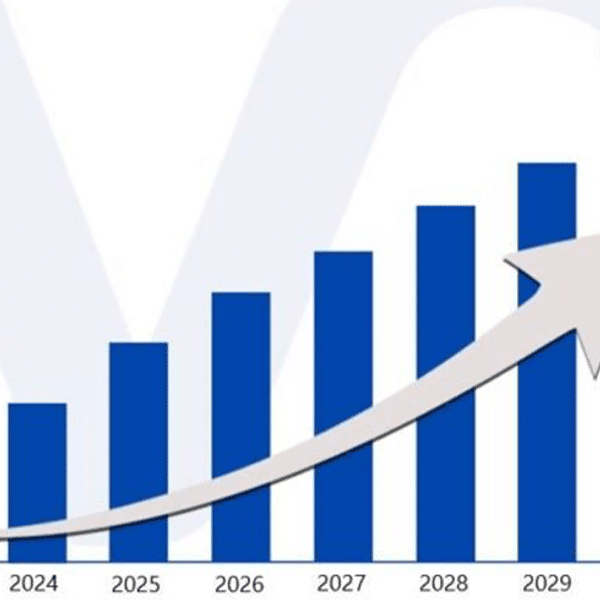
"The report predicts the global hybrid fiber-coax (HFC) cable market will be worth $24.27 billion by 2031, representing a compound annual growth rate (CAGR) of 8.78%. In 2024, the global HFC market was valued at $12.43 billion. The ongoing deployment of DOCSIS 3.1 will encourage the growth, as will the upcoming deployment of DOCSIS 4.0, according to a press release about the data."
"Remote PHY ("high-split" technology) and Distributed Access Architecture (DAA) will expand the capabilities of HFC even further. All this will go hand-in-hand with fiber upgrades, but won't require a complete replacement of coax networks with fiber-to-the-premises (FTTP) connections. Instead, the Converged Cable Access Platform (CCAS) segment will dominate, the report said. Businesses will need scalable HFC for cloud computing, data centers, and enterprise connectivity, the report predicts."
"Infrastructure needs will be immense, too. Initiatives like the Broadband Equity Access and Deployment Program (BEAD) Program in the U.S. will keep demand high. Final proposals for the BEAD Benefit of the Bargain funding round were due September 4; at this point, 49 states have announced their provisional awards. There will also be high demand for HFC in public and private initiatives in other advanced countries in North America, Europe, and Asia."
Global hybrid fiber-coax (HFC) cable market valued at $12.43 billion in 2024 and projected to reach $24.27 billion by 2031 at an 8.78% CAGR. Deployment of DOCSIS 3.1 and upcoming DOCSIS 4.0 will drive growth. Remote PHY (high-split) and Distributed Access Architecture (DAA) will expand HFC capabilities. Fiber upgrades will accompany HFC expansion without complete replacement by FTTP. Converged Cable Access Platform (CCAP) segment will dominate. Businesses require scalable HFC for cloud computing, data centers, and enterprise connectivity. Large infrastructure initiatives such as the BEAD program and international public-private projects will sustain demand. Costly optical nodes, amplifiers, and cable modems present barriers.
#hybrid-fiber-coax-hfc #docsis-3140 #remote-phy-and-daa #bead-broadband-funding #converged-cable-access-platform-ccap
Read at Telecompetitor
Unable to calculate read time
Collection
[
|
...
]